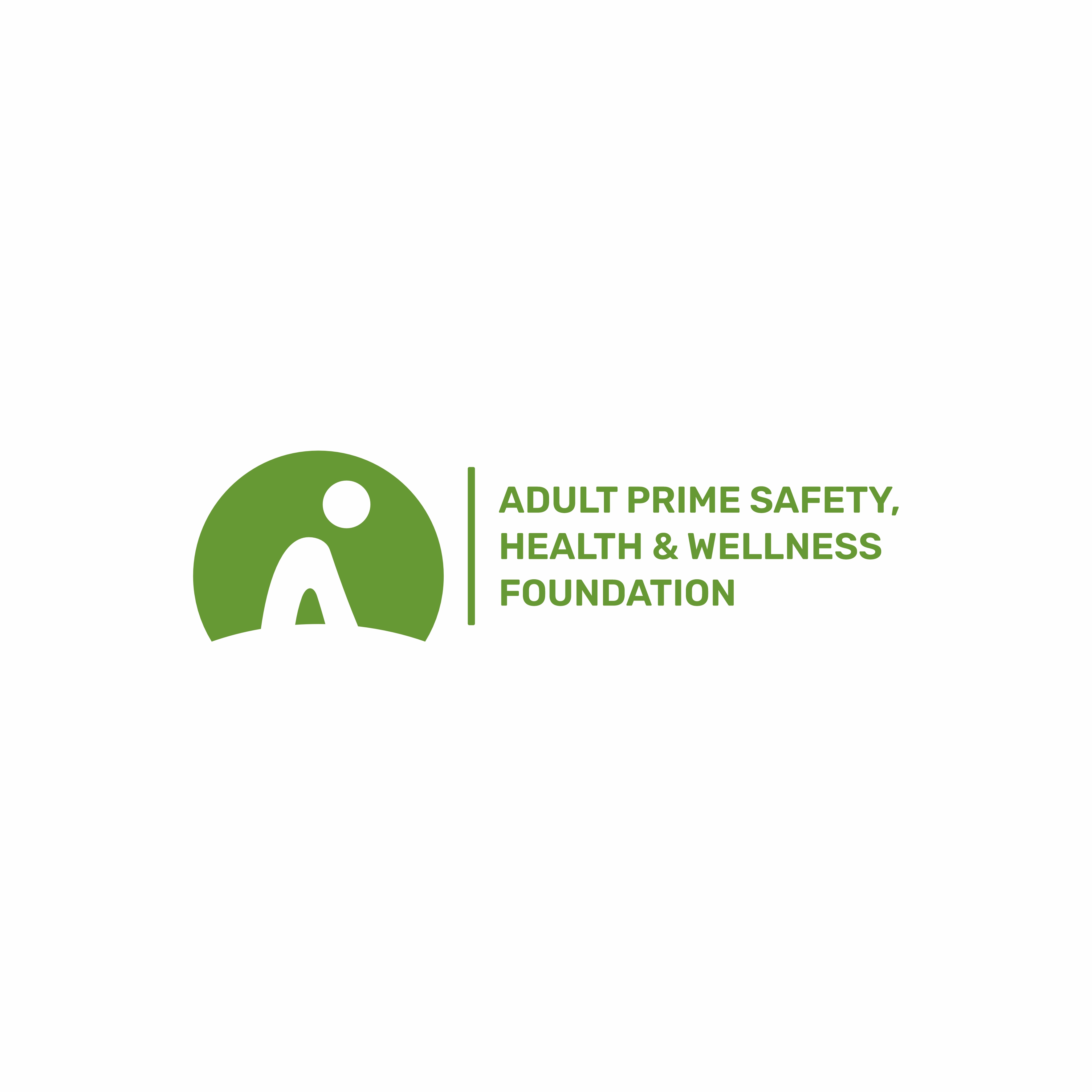IMPROVING SAFETY PROTOCOLS FOR AGED ADULTS WITH DEMENTIA IN CARE HOMES
IMPROVING SAFETY PROTOCOLS FOR AGED ADULTS WITH DEMENTIA IN CARE HOMES
Keywords:
Safety Protocol, Dementia, Aged Adult, Care homesAbstract
The increasing population of aged adults with dementia in care homes presents significant challenges in ensuring their
safety and well-being. Dementia is characterized by cognitive decline, memory impairment, and behavioral changes, all
of which increase patients' vulnerability to risks such as falls, wandering, medication errors, and communication barriers.
This review examines existing safety measures in care homes, identifies gaps in current practices, and proposes an
integrated approach to improving safety protocols. By analyzing the latest research on dementia care, this study
emphasizes the importance of staff training, environmental modifications, personalized care strategies, and assistive
technologies. Furthermore, the role of family and caregiver involvement in creating patient-centered safety plans is
discussed. Through synthesizing evidence from case studies, interviews with care staff, and data analysis, this review
provides evidence-based recommendations for enhancing safety frameworks in care homes, ultimately improving the
well-being of aged adults with dementia.
